Circa 2018
Denise Mueller-Korenek, 45, has become the fastest human ever to ride a bicycle over open ground, racing in the draft provided by a dragster.
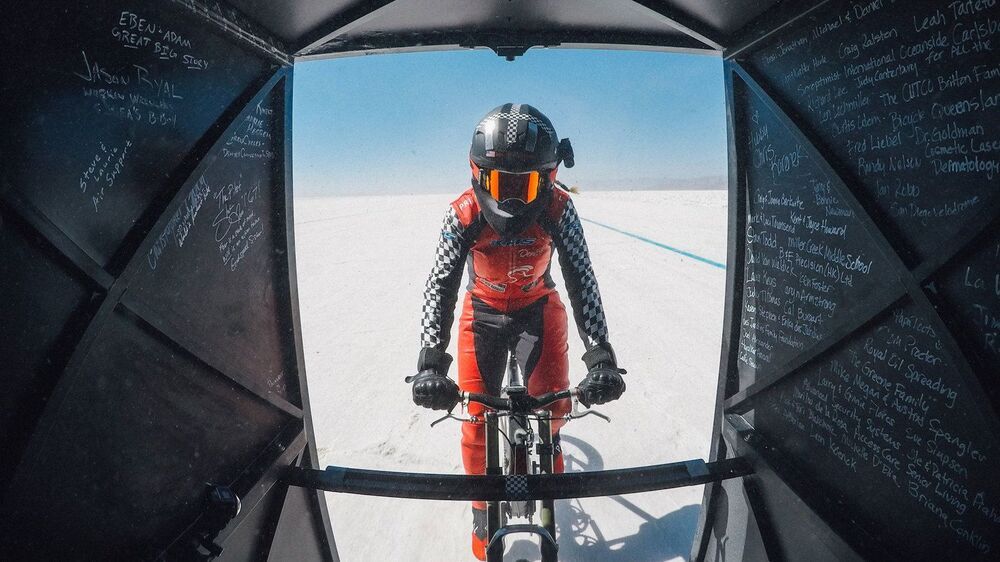
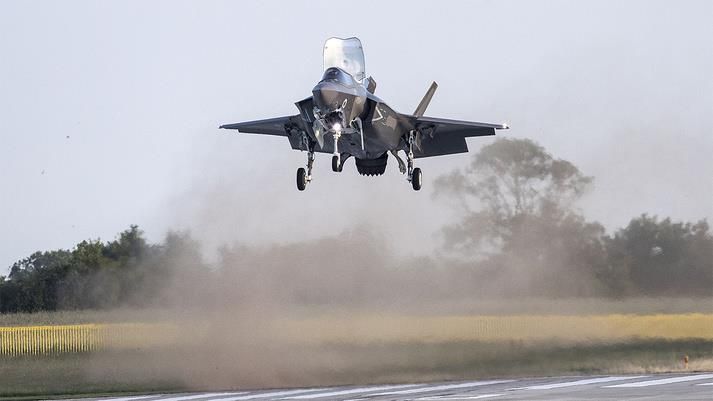
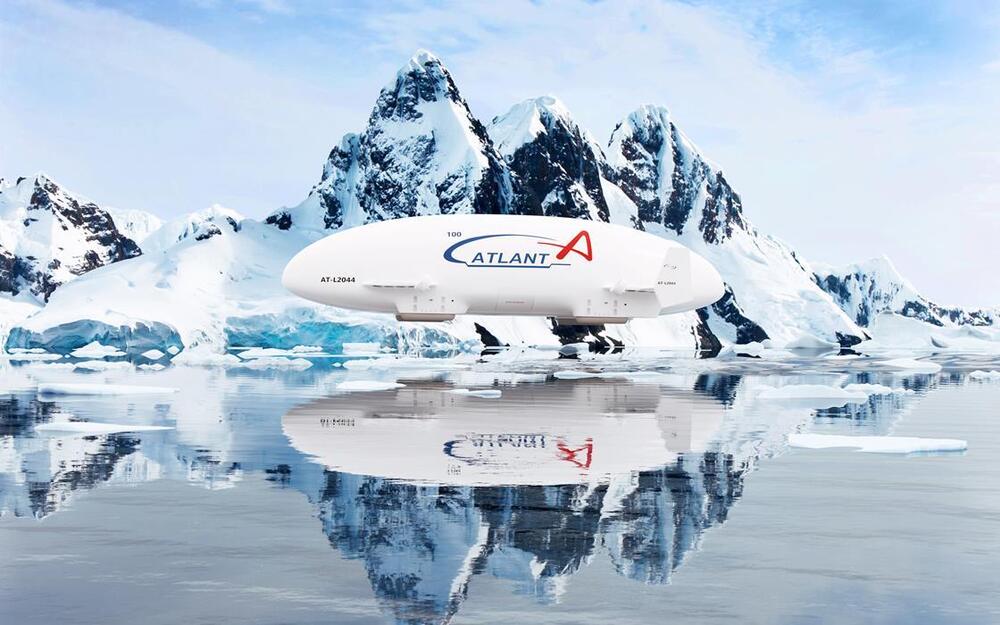
An Israeli start-up is the latest to join the race to bring to market a next-generation airship, joining the likes of the UK’s Hybrid Air Vehicles (HAV) in a nascent sector that has seen more failed efforts than successes in the 83 years since the Hindenburg disaster.
Atlas LTA plans to offer a family of three hybrid airships ranging from the Atlant 30, a 99m-(325ft-) long design, capable of carrying 18, 000kg (39, 700lb), to the 198m-long Atlant 300, which comes with a 165, 000kg payload. In between comes the Atlant 100. The company hopes to have the first variant, the Atlant 30, on the market in “four to five years”.

According to a report from the Intercept, “state-sponsored hackers believed to be from Russia have breached the city network.” City officials told KVUE they are aware of the hacking group but cannot comment on an ongoing investigation.
The breach is believed to have started in October as part of a series of hacks allegedly carried out by the group Berserk Bear, as reportedly revealed by Microsoft Threat Intelligence Center documents obtained by the Intercept.
According to an October CISA alert, a Russian state-sponsored actor was targeting federal, state, territorial and tribal government networks and aviation networks. CISA urged entities to perform a full password reset and systematically rebuild the network. A statement following the alert named Berserk Bear as the actor, with Texas included in a map of compromised targets.

The Lightening SuperBike is the fastest production motorcycle in the world, clocking in at 218 MPH. (There are faster bikes, but none of them are street legal.) It recently won the Pikes Peak International Hill Climb, beating all competitors, including gasoline-powered bikes. But don’t ask how many cylinders its engine has — this bike is solar powered. Well technically it’s battery-powered, but it charges the batteries with solar energy.
Image: SMA America
The SuperBike sports a liquid-cooled 125 kW electric motor, roughly equivalent to a 167 hp engine. At non-racing speeds, it offers a 100 mile range on the highway and 160 mile range in the city. Wondering why the mileage is higher in the city than on the highway? Two words: regenerative braking. How much will it cost to “fill the tank?” With its 370V 12 kWh battery bank and an electric rate of $0.12 per kWh, you can drive 160 city miles on $1.44 worth of charge, assuming you’re charging it from the grid. If you go solar, it’s free after you recover the investment in the solar panels and inverter.
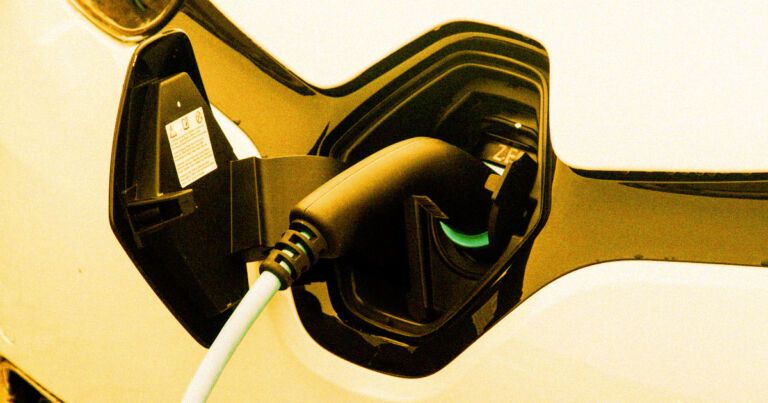
Kill a Watt
The reason why the price of energy storage is such an important automotive indicator is because the battery pack accounts for roughly a quarter of an EV’s total cost, making it the number one determinant of price.
It could be the electric car industry’s watershed moment: once dipping below the price of gasoline-powered engines, electric vehicles will look far more attractive to far more consumers.
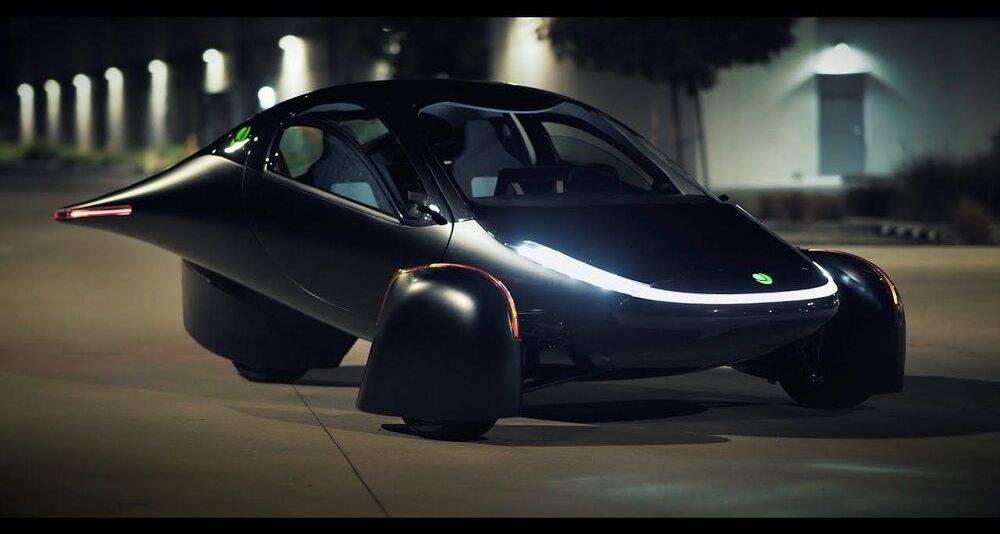
It’s with excitement and gratitude we announce we’ve accepted over $100 million in Aptera pre-orders and welcomed more than 3, 000 future owners across the U.S. and abroad into our family. 🌏 Read about the movement that’s happening:
When we launched Aptera a week ago, we were hopeful the world would see the potential of an ultra-efficient vehicle that can travel farther than any other and charge itself with the power of the sun. However, we never could have imagined the outpouring of interest and support that has followed our announcement. We quickly sold out of our Aptera Paradigm and Paradigm+ editions on the first day, and things haven’t slowed down since. It’s with excitement and gratitude we announce we’ve accepted over $100 million in pre-orders with over 3, 000 vehicles reserved by future Aptera owners in the U.S. and internationally. We’ll be ramping our production with a new facility in San Diego and two more development vehicles in the coming weeks, working towards our goal to begin deliveries in 2021 and early 2022. If you want to learn more about our mission, click below watch our video on YouTube (it’s going viral with over 500, 000 views and counting!) Our deepest thanks to all of the fans who have believed in us and made it possible to start this movement towards a more efficient future.

For those who like to bike while not getting rained on.
Hopefully they come up with a version with built in airconditioning for warm places. 😃
Sustainable velomobile with electric assist and weather protection.
More info: https://bit.ly/3fqHiwP

There is no doubt that the future of transport is autonomous. Tesla is already rolling out a beta version of full self driving and that will be released fully in 2021, I am sure. From robotaxis to freight transport, our lives will get easier, cheaper and more convenient and for those with current mobility issues, the change will be even greater. Here I look at some of the ways that all our lives, the environment and the places we live will change…for the better. I cannot wait…can you?
In The Mind Blowing Future Of Transportation — How Self Driving Cars Will Change The World, I will look at the future of autonomous vehicles and how they will change our world…for the better.
Autonomous cars are the future, and whether it is geo-constrained services like Waymo or Tesla full self driving which could well be fully rolled out in 2021, self driving cars are the future of transportation, and many other vehicle sectors, such as long haul transportation.
They will make the roads safer and they will give us back massive amounts of previously wasted time, to do with as we desire.
Are you looking forward to our autonomous future?
Let me know in the comments.
And here is another topic you might find interesting about future technologies just around the corner.
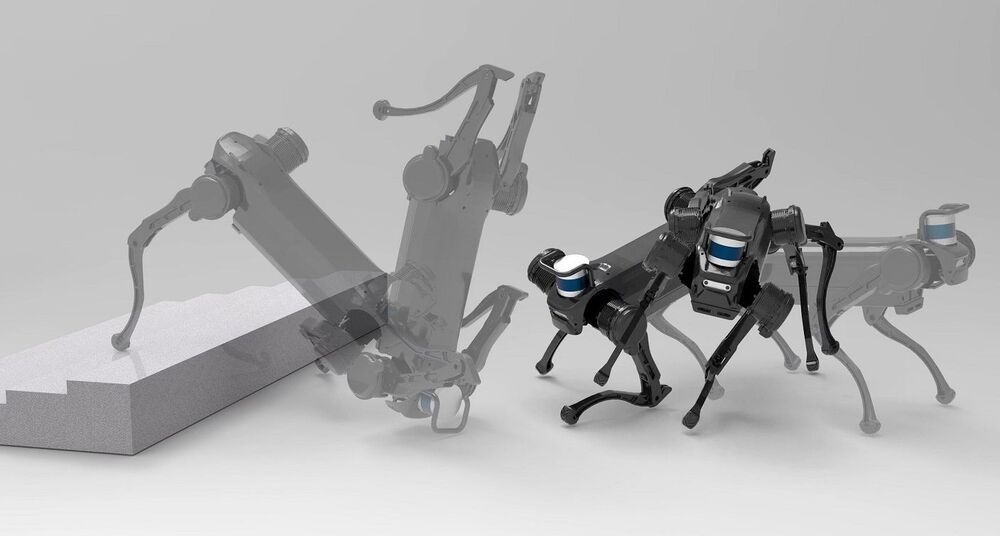
Put a robot in a tightly-controlled environment and it can quickly surpass human performance at complex tasks, from building cars to playing table tennis. But throw these machines a curve ball and they’re in trouble—just check out this compilation of some of the world’s most advanced robots coming unstuck in the face of notoriously challenging obstacles like sand, steps, and doorways.
The reason robots tend to be so fragile is that the algorithms that control them are often manually designed. If they encounter a situation the designer didn’t think of, which is almost inevitable in the chaotic real world, then they simply don’t have the tools to react.
Rapid advances in AI have provided a potential workaround by letting robots learn how to carry out tasks instead of relying on hand-coded instructions. A particularly promising approach is deep reinforcement learning, where the robot interacts with its environment through a process of trial-and-error and is rewarded for carrying out the correct actions. Over many repetitions it can use this feedback to learn how to accomplish the task at hand.